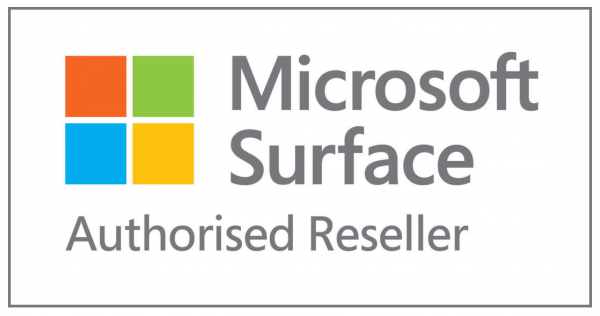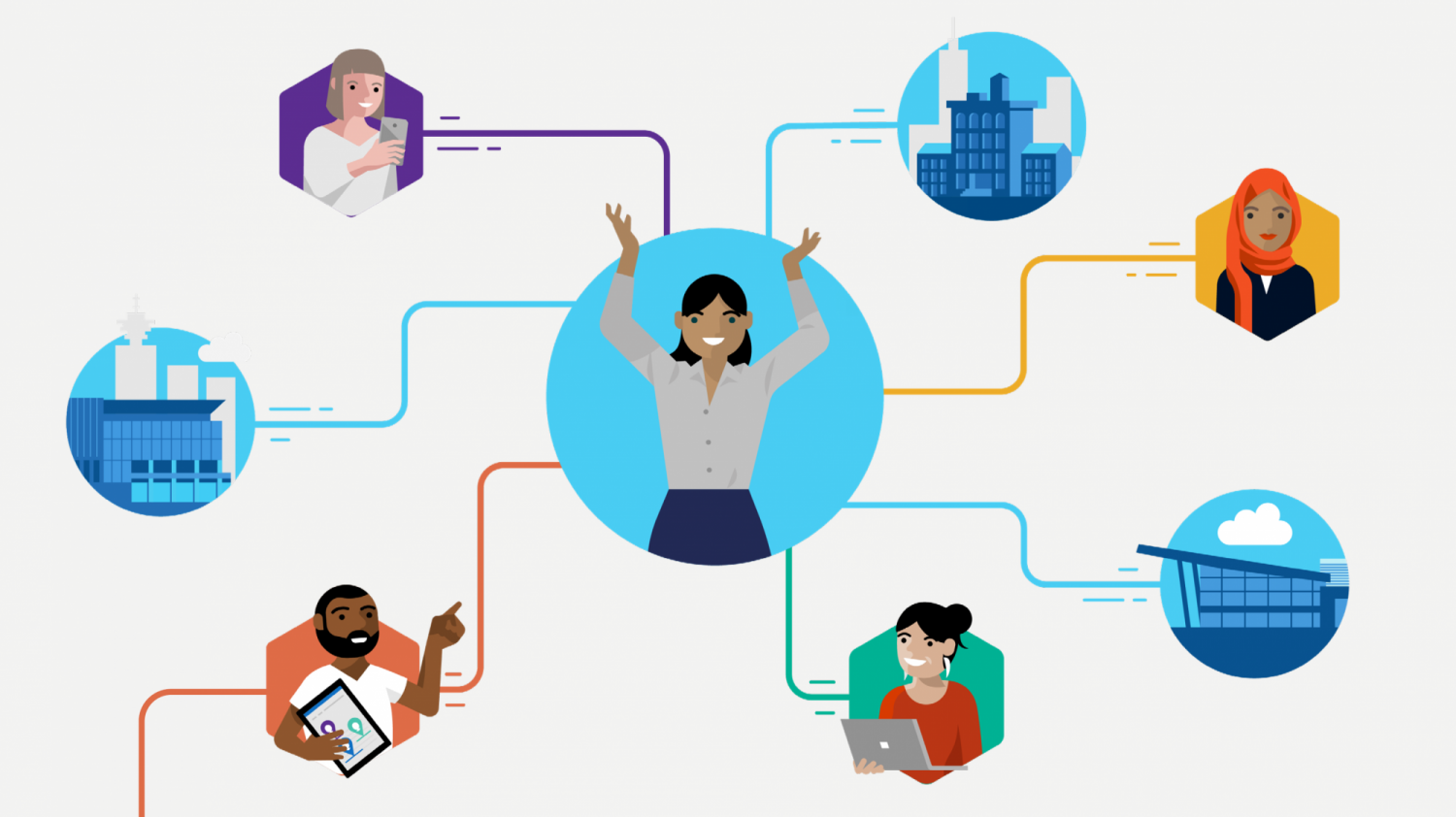

#1
Preparing for the Future of Education: On Campus, Remote and Hybrid
BLOG FOCUS

This is the first in a series of articles about the future of education and how educational institutions can best provide for students’ and educators’ needs as we move ahead.
After a turbulent year, universities and colleges are carefully and gradually making their way back to normality. But the future remains uncertain.
In this article, we’ll explore how educational institutions can prepare themselves for whatever comes next, and ensure consistently high-quality, engaging and inspiring experiences for students – wherever and however they’re attending.
Preparing for the Future of Education: On Campus, Remote and Hybrid
The story so far
In recent times, educational institutions have not known week-to-week or month-to-month whether lectures and seminars would take place on campus or online. And despite the cautious optimism of the present, they still cannot be certain whether the immediate or long-term future will see a return to completely on-campus teaching or periods of full-remote teaching again. One of the many lessons of 2020 is the importance of being prepared for dramatically, suddenly changing situations – both on global and local scales.
The future could also require a ‘hybrid’ model of education that mixes both on-campus and online sessions, or even a mixture of both in-person and remote attendees in individual seminars or lectures. Students who are COVID-shielding, quarantining, or have other health-related concerns may still need to learn remotely when many of their peers have returned to campus. Their ability to access education is an important consideration for institutions everywhere.
New possibilities for long-distance learning
Even when the concerns of the COVID-19 pandemic are far behind us, remote learning will remain. In the same way that employees and businesses everywhere are embracing the flexibility and new possibilities of remote working, many students and universities are keen to explore new learning options that are now possible.
Overseas students are particularly relevant to this topic. Instead of facing the upheaval and expense of relocating themselves and their lives to another country, they may now be able to attend prestigious institutions overseas without being apart from their homes, friends and families.
This is good news for students all over the world, and for universities wishing to make the most of this new long-distance demographic. But it adds another element to what is already a complex situation for education.
Covering all the bases and unifying sessions
So, as we’ve illustrated, there are now a range of scenarios that educational institutions may have to cater for in future:
- Sessions held solely for students on campus, the ‘traditional’ way
- Seminars and lectures where all students are attending remotely
- Mixed, hybrid sessions with both on-campus and remote students
The challenge educational institutions now face is to unify these sessions. That means using their technology to ‘bring together’ all the students as if they were learning in the same place. Equally, lecturers must feel as much as possible as if they’re teaching a unified group of students.
Okay, so that’s all much easier said than done. But these are aims that educational institutions must keep at the top of their minds if they’re to succeed with new learning modes. The kinds and quality of experiences that universities offer will be paramount.

Fully supporting students and educators
Education experiences should be as consistently high-quality, inspiring and engaging as possible for students, whether remote or on-campus. Educators should be able to teach remote attendees as naturally and effectively as the ones sitting in front of them.
If you’re thinking that’s a tall order, you’d be right. It’s all too easy for remote students to feel disconnected and disengaged, with some students zoning out and others feeling disinclined to speak up or participate fully. Poor remote education experiences are often overwhelmingly passive – more like watching a video or webinar than attending a real seminar.
Most people who study for a degree (for instance) only do so once in their lives, at considerable expense. They would rather not spend it merely watching a series of lacklustre webinars – to put it somewhat bluntly. Education experiences matter – and students will be judging them.
Technology's responsibility, moving forward
At the height of the COVID-19 pandemic, technology’s role was to be a facilitator for education. But in this new phase, and in the future, it has a new responsibility: providing the kinds and standards of education experiences that are now needed. Unified experiences, bringing together remote and on-campus students. Engaging experiences that are valuable for students and fulfilling for educators. Better education experiences for everyone.
Not all devices on the market will enable these experiences. Only some, such as the industry-leading Microsoft Surface Hub 2S, are capable of supporting remote, on-campus and hybrid learning completely successfully, across a wide range of scenarios. The technology that can rise to tomorrow’s challenges will show its true value in the weeks, months and years ahead.
If you’d like to explore this topic in greater depth, you can read our eBook, ‘Better Education Experiences for Everyone’. Or if you’d like to discuss how Roche AV can help your educational institution prepare for the future, just get in touch.





